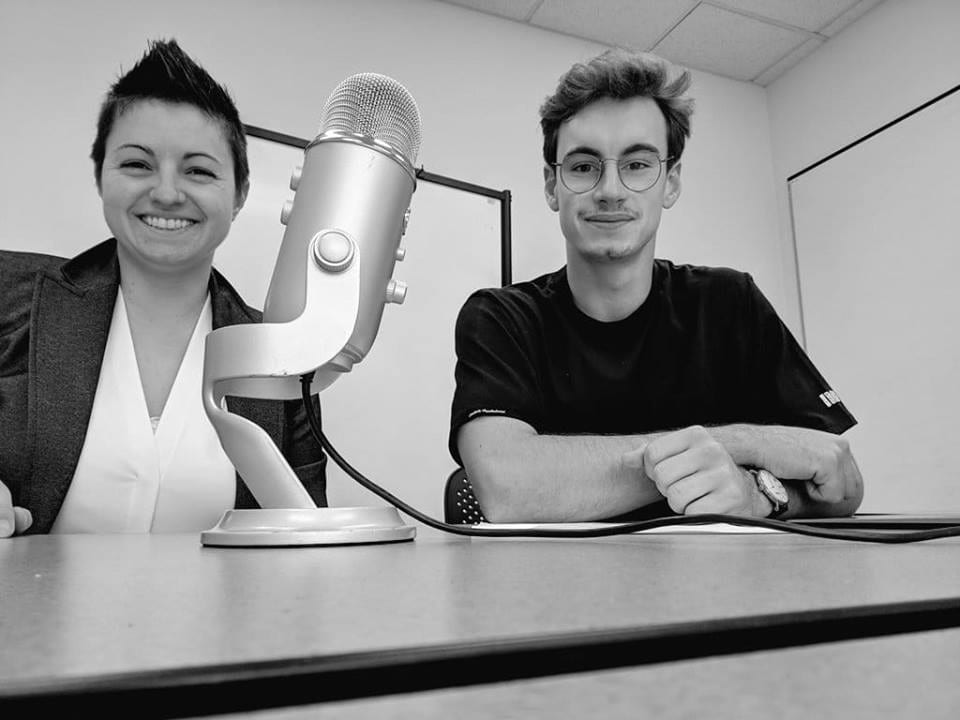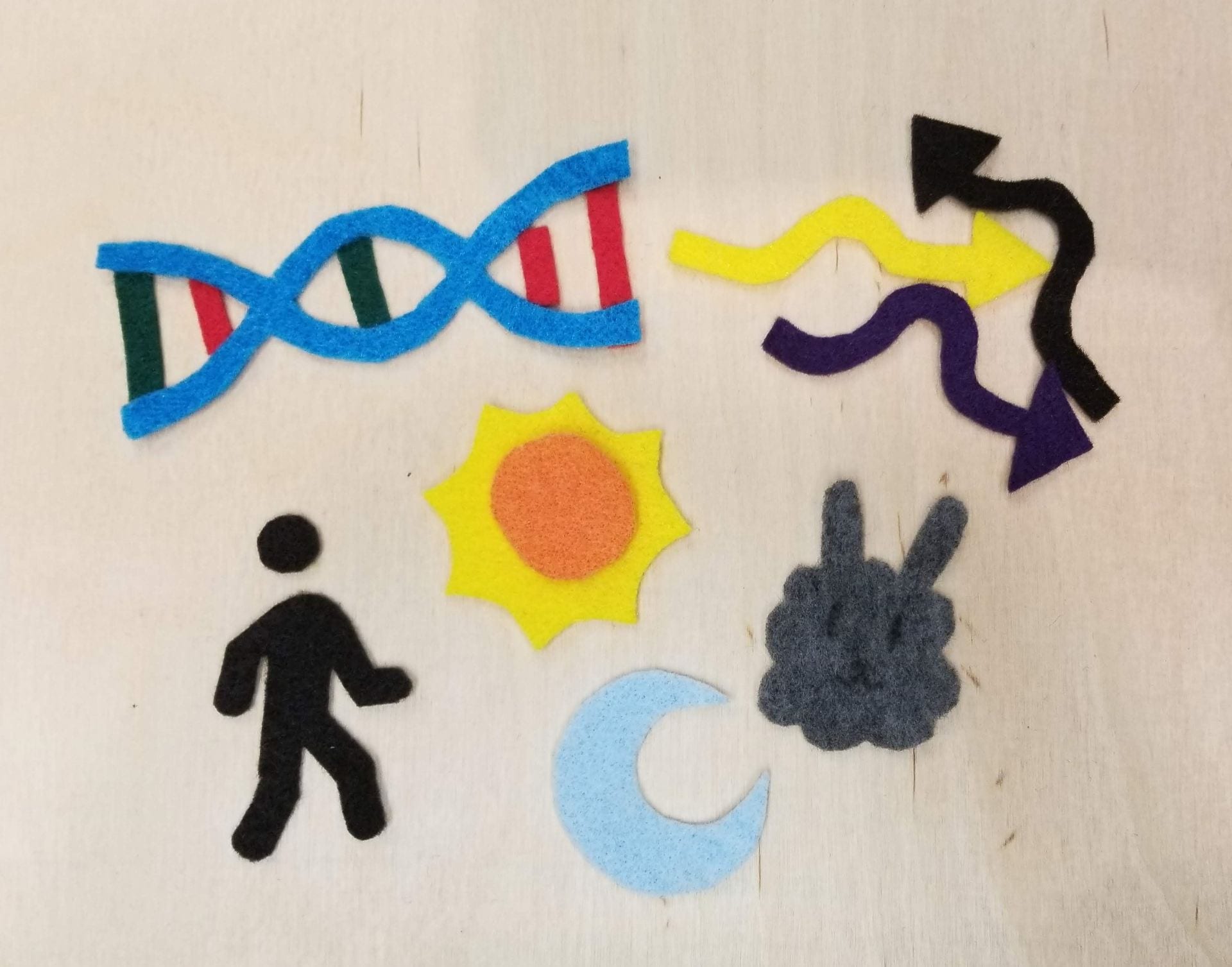Written by Mira Zimmerman and Fiona Curliss
At BioBE, we strive to produce scientific research that is clear and understandable to any audience, not only for interdisciplinary collaboration, but also for scientific education. Those unfamiliar with the language and traditional methods of science often get lost in the complexities of scientific publications, and as a result do not delve into the inspirational and astonishing discoveries that the science community offers. This winter, as our Light Box Study concluded, we decided to create a media project that would explain the purpose, methods, and conclusions of our experiment in a way that would be more accessible for everyone.
The student team that created this video included architecture undergraduate Delaney Hetrick from ESBL and biology undergraduate researchers Fiona Curliss, Savanna Lloyd, and Sam Rosenburg from BioBE. Our student team was directed by Sue Ishaq and Jeff Kline, who sketched out the original video plot. Sue is a microbiologist and is managing the BioBE undergraduate researchers. She wanted students to learn how to communicate the findings and methods of scientific research to a general audience and to showcase the creative ingenuity that produced the lightboxes. Jeff, an architect at ESBL and one of the authors of the Lightbox publication, encouraged students to design a “visual conversation” for an interdisciplinary audience. Jeff and Mira Zimmerman worked on the more technical aspects of sound and picture quality. Willem Griffiths from BioBE helped Sue with the video voice-over. This project is a testement to the partnership between BioBE and ESBL and embodies our collective mission for interdisciplinary collaboration between the artistic and scientific communities.

Willem Griffith & Sue Ishaq working on the voiceover

As a team, biology and architecture students worked together learning to communicate the scientific and design aspects of the Lightbox project. They decided to create a video because of the medium’s accessibility and clarity. The video format also provided a chronological framework for approaching scientific concepts. In the process, students learned new skills related to video production, constructing and lighting sets, and editing stop motion video. Delaney said she “learned about the effort it takes to make a stop-motion film as well as how to look at the built environment from a new perspective.”
Students had some difficulty deciding the best way to explain the passage of time while the dust was in the light boxes and how this affected the composition of the dust. After talking through several ideas, they decided that the dust bunnies should change color to show partial bacterial death. They also came up with the idea of representing the passage of time with a day/night cycle shown by the moon and sun. Fiona told us that “projects like this video can be challenging because as a scientist there is a lot of background information you have that you forget other people don’t know, but that’s what made feedback from the team so valuable. While it can be discouraging to rework the concept and storyboard several times, ultimately taking their advice helped us make a better video and helped to develop my science communication skills.”
We hope to continue projects like this that allow everyone to engage with our research.
Without further ado, enjoy our Lightbox Video:
